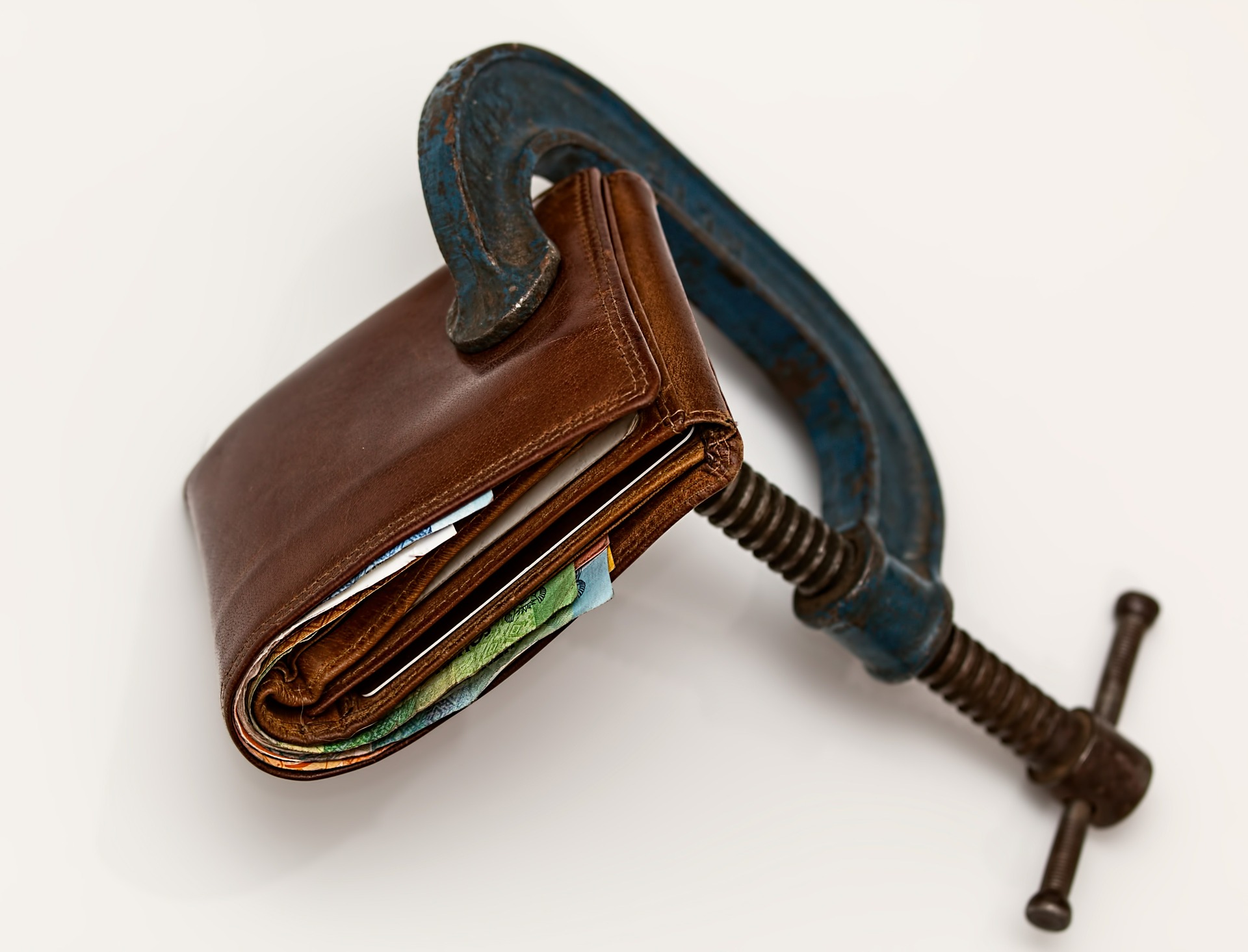Having a direct ownership in commercial real estate has been a time-tested hedge against inflation. But what factors affect how well these investments perform in inflationary times?
Lease Duration. As it relates to commercial real estate performance during times of high inflation, returns may depend on how leases are structured. Some of the most positively affected properties are those with shorter term leases that allow for rental rate adjustments once the leases have expired. When higher levels of inflation are expected, you can see short term yield increase with inflation. Investments with long-term leases that have flat rental rates are not positioned particularly well to capitalize on inflation, despite their stability in income.
Investment hold period in relation to the inflation cycle. High inflation rates can cause the Fed to raise interest rates to help rein in those rate increases, which is what’s been happening this year. When interest rates are higher, it becomes more expensive to borrow money. Because many real estate investors use debt to purchase assets, this increase in the cost of debt can cause a decrease in commercial real estate values, thus lowering demand. I use the word “can” because investor demand for commercial real estate has several drivers such as the amount of capital that is active in the market and if higher yield alternatives exist. The interest rate on the debt financing is another factor, but it’s certainly not the only factor.
Terms of the debt financing. The capital used to acquire the asset typically uses more debt financing than equity financing with debt being possibly 60-70% of the total capital. With apartment complexes, not only do rents rise, but the debt payments to the bank – your single biggest expense – stay the same (if using fixed rate financing). If using floating rate (variable) financing, then perhaps the monthly debt service payments rise, but at a slower rate than the rental income.
This is a good spot to point out that successful owners of property ensure that there is more than adequate rental income (and cash reserves) to pay for the debt financing (mortgage). This is particularly important if the debt financing does not have a fixed rate, and we are in a rising interest rate environment. With the inflation rate increasing, the Fed has been raising the federal funds rate (the rate at which banks borrow money from each other). This correlates to overall interest rates rising. Successful property owners perform a sensitivity analysis (also known as a stress test) by varying the interest rates to see the corresponding mortgage (debt service), cash flows and investment returns. In addition, the wise owners purchase a “cap” on the interest rate which means the interest rate for the debt financing cannot exceed the cap. If the property still has good cash flow and investor returns even at the max interest rate (“at the cap”), then the property can be acquired. So, if you are evaluating an investment opportunity that has debt financing with a floating interest rate, make sure the sensitivity analysis has been performed to ensure the property remains financially successful in this rising interest rate environment.







